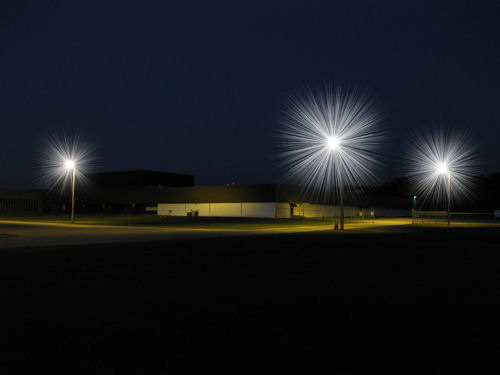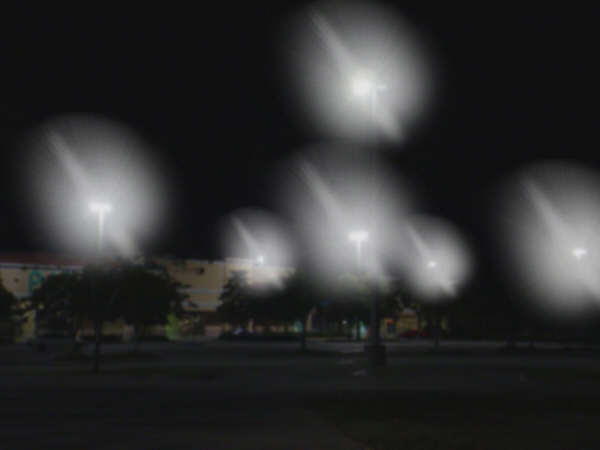Currently, laser vision correction performed by an experienced surgeon is a quick and safe operation, after which the patient forgets about glasses or contact lenses forever. But there are cases when in the postoperative period there are complaints about unpleasant lighting effects in the dark. These include the so-called star formation effect and the halo effect.

In the first case, numerous rays can form around light sources at night, varying in brightness and size. This makes it very difficult, for example, to drive a car due to the loss of contrast sensitivity and a sharp decrease in the quality of vision (while the true visual acuity may be quite high). Patients with this problem either do not see the road at all, or they see it blurrily and indistinctly, sometimes the road doubles.

With the halo effect, light sources turn into large glowing balls in the dark. In some patients, this effect persists even in daylight, albeit to a lesser extent.
Sometimes star formation and the halo effect can combine, greatly complicating the patient's life.
The lighting effects described above are usually encountered by patients who have undergone surgery for laser vision correction, carried out using laser installations of previous generations. This is due to the fact that such lasers were designed for a patient's pupil width of up to 6 mm. Thus, areas appeared on the wider pupils that were not covered by the action of the laser. Such patients require a repeat operation, which is associated with a high risk and requires the proper qualifications and experience of the surgeon.
The Ophthalmology Clinic of the European Medical Center (EMC) performs operations that allow you to forget about the unpleasant light effects described above forever and get visual acuity of 100% or higher.
Was this information helpful?
Questions and answers
Ask a Question











.webp)




.webp)
